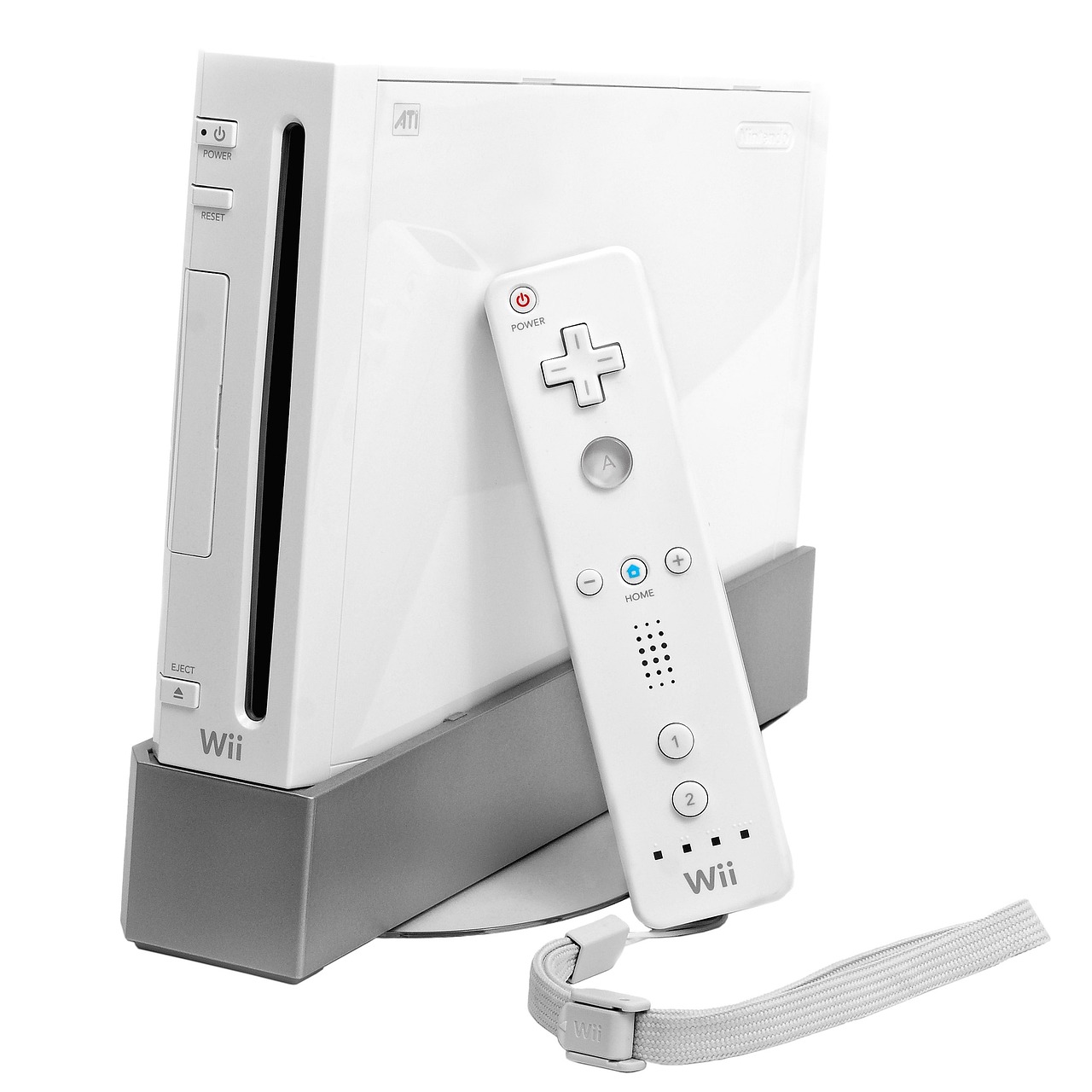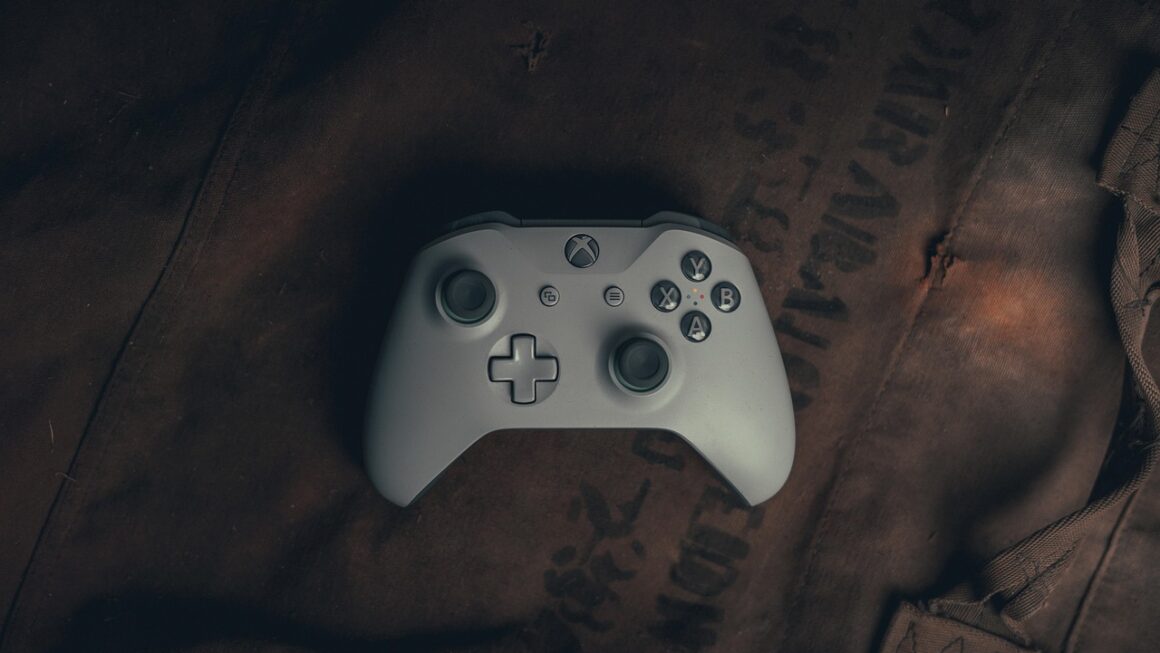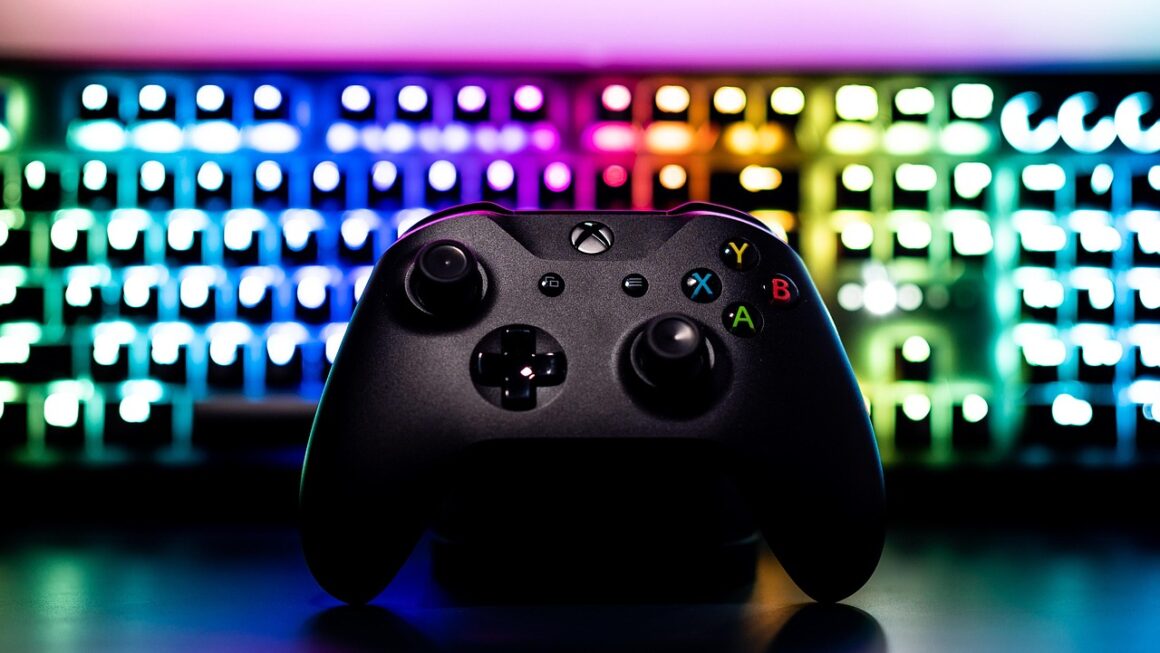Twitch streaming has exploded into a global phenomenon, transforming from a niche platform for gamers into a diverse ecosystem where individuals broadcast everything from artistic endeavors and musical performances to cooking shows and everyday life. If you’re considering joining the millions who broadcast or watch content on Twitch, this guide provides a comprehensive overview of the platform and how to get started. We’ll explore everything from setting up your stream to building a community and monetizing your content.
Understanding Twitch Streaming
What is Twitch?
Twitch is a live streaming video platform owned by Amazon. Primarily known for video game live streams, it has expanded to include a wide variety of content, categorized under headings like:
- Gaming: The platform’s original and still dominant category. Includes playthroughs, esports tournaments, and game reviews.
- Just Chatting: A category where streamers engage directly with their audience, often discussing topics of interest or responding to questions.
- Music: Featuring live music performances, DJ sets, and music production streams.
- Art: Showcasing digital and traditional art creation, including painting, drawing, and sculpting.
- IRL (In Real Life): A diverse category covering everything from travel vlogs to cooking demonstrations.
Twitch allows viewers to interact with streamers in real-time through a chat feature, creating a dynamic and engaging experience.
Why is Twitch So Popular?
Twitch’s popularity stems from several key factors:
- Real-Time Interaction: Unlike pre-recorded content on platforms like YouTube, Twitch offers immediate interaction between streamers and viewers, fostering a sense of community.
- Diverse Content: The expanding range of categories caters to a broad audience, beyond just gamers.
- Community Building: Twitch provides tools for streamers to build and manage their communities, including moderators, custom emotes, and loyalty programs.
- Monetization Opportunities: Streamers can earn revenue through subscriptions, donations, advertising, and sponsorships.
- Accessibility: Twitch is available on a variety of devices, including computers, mobile devices, and smart TVs.
Twitch Terminology: A Quick Glossary
- Stream: The live video broadcast.
- Follower: A user who has subscribed to a streamer’s channel and receives notifications when they go live.
- Subscriber: A user who pays a monthly fee to support a streamer and receive exclusive benefits, such as custom emotes and ad-free viewing.
- Chat: The real-time text-based communication channel where viewers interact with the streamer and each other.
- Host: When a streamer directs their viewers to another live channel.
- Raid: When a streamer sends their viewers to another live channel at the end of their stream.
- Emotes: Custom emojis used within the Twitch chat.
- Bits: Virtual currency purchased on Twitch used to cheer (donate) in the chat.
Setting Up Your Twitch Stream
Hardware Requirements
The essential hardware for Twitch streaming includes:
- Computer: A reasonably powerful computer is needed to run the game or software you’re streaming and handle the encoding process. Minimum specs include a quad-core processor and 8GB of RAM, but a six-core processor and 16GB of RAM are recommended for smoother performance, especially for gaming.
- Webcam: A webcam allows viewers to see you, which can enhance engagement. Popular options include the Logitech C920 and Razer Kiyo Pro.
- Microphone: Clear audio is crucial. A dedicated USB microphone, like the Blue Yeti or Rode NT-USB+, offers significantly better quality than built-in laptop microphones. Consider a pop filter to reduce plosives (bursts of air).
- Headphones or Headset: To monitor your audio and prevent feedback, use headphones or a headset. Closed-back headphones are generally preferred to minimize sound leakage.
- Internet Connection: A stable and fast internet connection is essential for streaming. Aim for an upload speed of at least 5 Mbps, but 10 Mbps or higher is recommended for higher quality streams. Test your upload speed using a website like Speedtest.net.
Software and Encoding
- Streaming Software: You’ll need software to capture your screen and audio and broadcast it to Twitch. Popular options include:
OBS Studio (Free and Open Source): A powerful and versatile option with a steep learning curve.
Download from: [https://obsproject.com/](https://obsproject.com/)
Streamlabs Desktop (Free): Based on OBS Studio but with a simpler interface and built-in features like alerts and overlays.
Download from: [https://streamlabs.com/](https://streamlabs.com/)
XSplit Broadcaster (Paid): A professional-grade streaming software with advanced features and a user-friendly interface.
Available at: [https://www.xsplit.com/](https://www.xsplit.com/)
- Encoding Settings: Proper encoding settings are crucial for a smooth stream. Consider the following:
Bitrate: Determines the amount of data used per second. Higher bitrates result in better quality but require faster internet connections. Start with 2500 kbps for 720p at 30fps or 3500 kbps for 720p at 60fps. Adjust based on your internet speed and audience preferences.
Resolution: The size of the video. 720p (1280×720) is a good starting point. 1080p (1920×1080) requires more processing power and bandwidth.
Frame Rate: The number of frames per second. 30fps is generally sufficient for most content, but 60fps provides a smoother viewing experience, especially for fast-paced games.
Encoder: Determines how the video is compressed. H.264 (x264) is a common software encoder, while NVENC (Nvidia) and Quick Sync (Intel) are hardware encoders that utilize your graphics card or integrated graphics. Hardware encoders generally reduce the load on your CPU.
Setting Up Your Twitch Account and Channel
- Create an Account: Go to Twitch.tv and create an account. Choose a username that reflects your brand and is easy to remember.
- Customize Your Channel:
Profile Picture: Upload a professional-looking profile picture.
Banner Image: Create a visually appealing banner image that represents your channel’s content. Use dimensions 1200 x 480 pixels.
About Section: Write a compelling “About Me” section that describes your channel, your personality, and your streaming schedule.
Offline Banner: Set an offline banner that is displayed when you are not streaming.
- Set Up Alerts and Overlays: Use Streamlabs or OBS Studio to create alerts for new followers, subscribers, and donations. Overlays add visual elements to your stream, such as your webcam feed, game information, and social media links.
Growing Your Twitch Audience
Content Strategy
- Find Your Niche: While variety streaming can be fun, focusing on a specific game or content category can help you attract a dedicated audience.
- Create Engaging Content:
Be Interactive: Respond to chat messages, ask questions, and involve your viewers in your stream.
Tell Stories: Share personal anecdotes and experiences to connect with your audience on a deeper level.
* Provide Value: Offer informative content, tutorials, or entertaining commentary.
- Maintain a Consistent Schedule: Streaming regularly at predictable times helps viewers know when to tune in. Promote your schedule on your Twitch channel and social media.
Promotion and Networking
- Social Media: Promote your Twitch channel on social media platforms like Twitter, Instagram, and TikTok. Share clips of your best moments and engage with your followers.
- Cross-Promotion: Collaborate with other streamers in your niche to reach a wider audience.
- Twitch Communities: Participate in Twitch communities related to your content. Engage in discussions and share your streams when appropriate.
- YouTube: Upload highlights of your streams to YouTube to reach a broader audience and drive traffic to your Twitch channel.
- Engage with Other Communities: Become part of Discord servers that align with the content you stream.
Community Engagement
- Interact with Your Viewers: Respond to chat messages, acknowledge new followers and subscribers, and make your viewers feel valued.
- Create a Discord Server: A Discord server provides a space for your community to connect and interact with each other, even when you’re not streaming.
- Run Contests and Giveaways: Regularly host contests and giveaways to reward your viewers and attract new followers.
- Create a Positive and Welcoming Environment: Set clear rules for your chat and enforce them consistently. Moderate toxic behavior and promote a positive community.
Monetizing Your Twitch Stream
Twitch Affiliate Program
To be eligible for the Twitch Affiliate Program, you must meet the following criteria:
- Have at least 50 followers.
- Have streamed for at least 8 hours in the last 30 days.
- Have streamed on 7 different days in the last 30 days.
- Have an average of 3 viewers or more.
As an Affiliate, you can:
- Accept Subscriptions: Viewers can subscribe to your channel for a monthly fee to support you and receive exclusive benefits.
- Earn Revenue from Bits: Viewers can purchase Bits, a virtual currency on Twitch, and use them to cheer in your chat.
- Run Ads: You can run ads on your channel to generate revenue.
Twitch Partner Program
The Twitch Partner Program is more exclusive and offers additional benefits, including:
- Higher revenue share from subscriptions.
- Custom emotes and badges.
- Priority support from Twitch.
To become a Partner, you typically need to demonstrate consistent growth, high-quality content, and a strong community.
Other Monetization Methods
- Donations: Accept donations through third-party services like PayPal or Streamlabs.
- Sponsorships: Partner with brands to promote their products or services on your stream.
- Merchandise: Sell branded merchandise, such as t-shirts, mugs, and stickers.
- Affiliate Marketing: Promote products or services on your stream and earn a commission for each sale.
Conclusion
Twitch streaming offers a unique opportunity to connect with a global audience, share your passions, and even earn a living. By understanding the platform, setting up your stream effectively, growing your audience, and exploring monetization options, you can create a successful and rewarding streaming career. Remember to be patient, persistent, and authentic, and focus on creating engaging content that resonates with your viewers. Good luck, and happy streaming!




